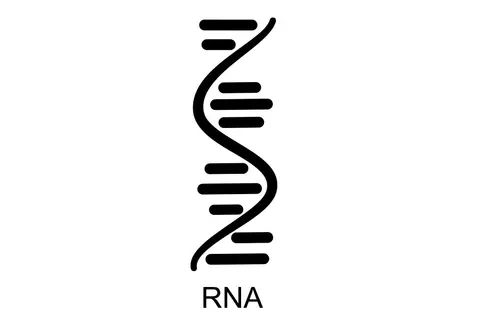Efficacy of xalnesiran, a small-interfering RNA, with or without an immunomodulator in chronic hepatitis B virus (HBV) infection
Hou J et al, N Engl J Med. 2024;391(22):2098-2109
Xalnesiran silences HBV transcription and has been studied as monotherapy and in combination with 2 immunomodulators. The primary end point was loss of HBV surface antigen. The highest response rates and most adverse events were observed after therapy with xalnesiran and pegylated interferon.

Background: Xalnesiran, a small interfering RNA molecule that targets a conserved region of the hepatitis B virus (HBV) genome and silences multiple HBV transcripts, may have efficacy, with or without an immunomodulator, in patients with chronic HBV infection
Methods: The authors conducted a phase 2, multicenter, randomized, controlled, adaptive, open-label platform trial that included the evaluation of 48 weeks of treatment with xalnesiran at a dose of 100 mg (group 1), xalnesiran at a dose of 200 mg (group 2), xalnesiran at a dose of 200 mg plus 150 mg of ruzotolimod (group 3), xalnesiran at a dose of 200 mg plus 180 μg of pegylated interferon alfa-2a (group 4), or a nucleoside or nucleotide analogue (NA) alone (group 5) in participants with chronic HBV infection who had virologic suppression with NA therapy. The primary efficacy end point was hepatitis B surface antigen (HBsAg) loss (HBsAg level, < 0.05 IU/ml) at 24 weeks after the end of treatment. Safety was also assessed.
Results: Among 159 participants (30, 30, 34, 30, and 35 in groups 1 through 5, respectively), the primary end-point event occurred in 7% (95% confidence interval [CI]: 1–22) of those in group 1, in 3% (95% CI: 0–17) of those in group 2, in 12% (95% CI: 3–28) of those in group 3, in 23% (95% CI: 10–42) of those in group 4, and in none (95% CI: 0–10) of those in group 5. In groups 1 through 5, respectively, HBsAg seroconversion occurred in 3%, none, 3%, 20%, and none of the participants at 24 weeks after the end of treatment. HBsAg loss with or without seroconversion occurred only in participants with a screening HBsAg level below 1000 IU/ml. In groups 1 through 5, respectively, grade 3 or 4 adverse events occurred in 17%, 10%, 18%, 50%, and 6% of the participants, with the most frequent event being an elevated alanine aminotransferase level.
Conclusions: Among participants with chronic hepatitis B virus infection who had virologic suppression with nucleoside or nucleotide analogue therapy, treatment with xalnesiran plus an immunomodulator resulted in HBsAg loss at 24 weeks after the end of treatment in a substantial percentage of participants. Grade 3 or 4 adverse events were not uncommon.